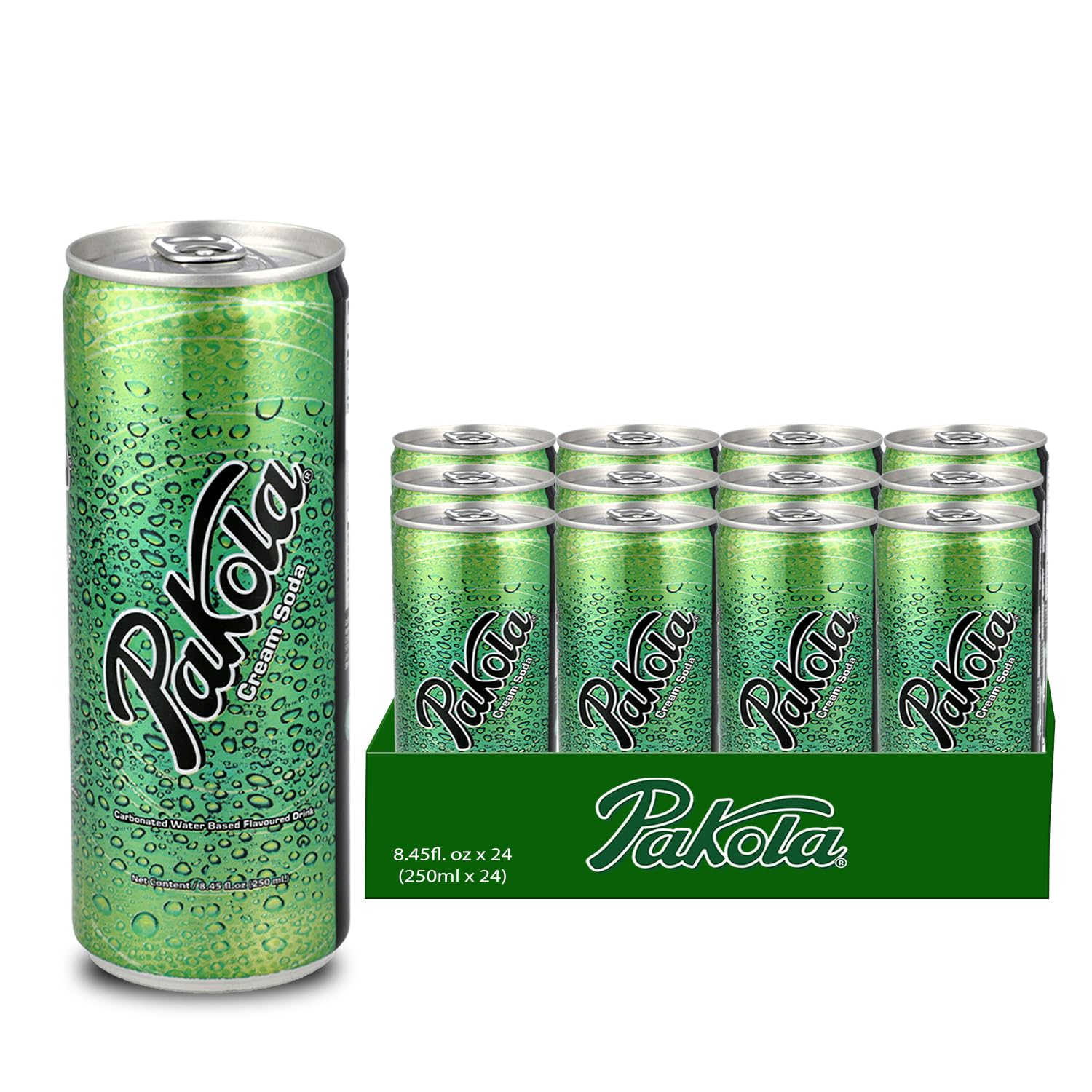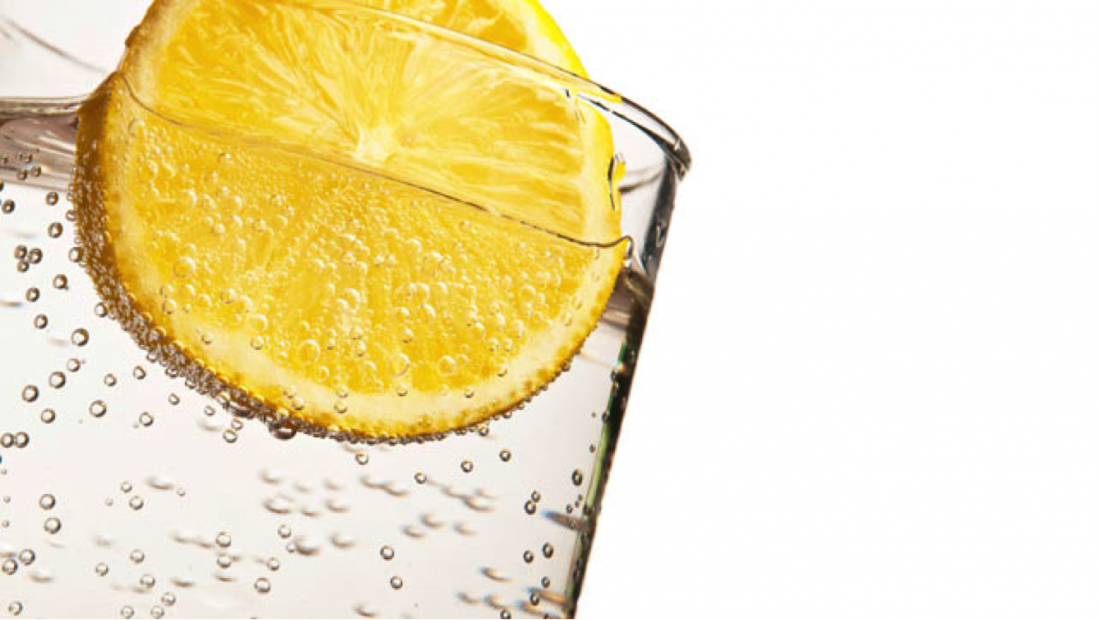Difference between Club Soda and Sparkling Water: Fizz Factor Unveiled!
Club soda is carbonated water with added minerals, while sparkling water is naturally carbonated and lacks added minerals. Both quench thirst but offer different tastes and uses.
Discover the refreshing world of fizzy waters with club soda and sparkling water, two popular but distinctively different beverages. Club soda, often a bartender’s best friend, brings fizz to cocktails with a salty twist due to added minerals like potassium bicarbonate and potassium sulfate.
Sparkling water, on the other hand, bubbles up from natural springs or wells, bringing with it the effervescence of naturally occurring gases. Ideal for hydration or sipping solo, sparkling water delivers a more pure, lightly fizzy experience compared to its mineral-infused counterpart. Choosing between club soda and sparkling water boils down to personal preference in taste and intended use, whether it’s crafting the perfect mixed drink or enjoying a standalone carbonated refreshment.

Unlocking The Bubbles: Club Soda Vs. Sparkling Water
The chemistry behind the bubbles in both club soda and sparkling water is simple yet fascinating. Carbon dioxide gas is dissolved under pressure into the water. This process creates that signature fizz we know and love. Different levels of carbonation can make the fizz sensation vary from a gentle tickle in sparkling water to a more robust effervescence found in club soda.
Club soda often has added minerals like sodium bicarbonate and potassium sulfate. These additions enhance the flavor and sometimes increase the feeling of the fizz. On the other hand, sparkling water is naturally occurring or imitates that effect, with its bubbles being lighter and more delicate.
Ingredients And Creation: What Sets Them Apart?
Club Soda and Sparkling Water hold distinct elements. Club Soda typically gets additives. Specifically, sodium bicarbonate and sodium citrate. Sparkling Water derives its fizz naturally. Mineral springs are the source. Minerals like sodium and sulfates are native in sparkling water. These are missing in club soda.
Manufacturing differences are clear cut. Club soda’s bubbles come from injected carbon dioxide. This is not natural. Its production is more artificial. Sparkling Water gains bubbles within the earth. Geothermal activity in mineral springs releases carbon dioxide. Hence, sparkling water bubbles are naturally occurring.
Health Considerations And Benefits
Club Soda and Sparkling Water offer distinct health benefits. Club Soda, often containing added minerals, can contribute to your daily nutrient intake. On the other hand, Sparkling Water provides a pure form of hydration without additional minerals.
| Drink Type | Calories | Nutritional Value |
|---|---|---|
| Club Soda | Zero | Varies with added minerals |
| Sparkling Water | Zero | Minimal |
Both drinks are great for staying hydrated. Hydration is key for a healthy body. Sparkling Water and Club Soda can also aid digestion. They help after a big meal. Remember, sparkling drinks should be enjoyed in moderation.

Culinary Uses: More Than Just A Sip
Club soda and sparkling water are both staples in mixology and drink recipes. Bartenders often use club soda to add a fizzy touch to cocktails. It’s key to classics like gin fizz and whiskey highballs. Meanwhile, sparkling water provides a lighter effervescence. It’s perfect for non-alcoholic concoctions and fruit spritzers.
For cooking and baking, these fizzy waters can be magical. Club soda creates light and fluffy pancakes. It also gives tempura a crispy texture. Sparkling water is a chef’s secret for a light batter. Also, it keeps cakes moist and tender.
Consumer Choices: Navigating Options At The Store
Club Soda and Sparkling Water often sit side by side on store shelves, tempting buyers with their fizzy appeal. Understanding labels is crucial for informed choices. Key details, such as sodium content and added minerals, can greatly vary.
Frequent consumers should also compare prices. Recognize brand premiums and evaluate whether the cost aligns with personal preferences and budget constraints.
| Brand | Price | Sodium (per serving) | Added Minerals |
|---|---|---|---|
| Brand A | $1.99 | 10mg | Calcium, Magnesium |
| Brand B | $0.99 | 0mg | None |
| Brand C | $2.50 | 15mg | Potassium, Zinc |
Rely on the price point and brand comparisons to guide purchases to a satisfying sip that matches lifestyle and taste.

Environmental Impact: Bottled Vs. Diy Carbonation
The production of club soda and sparkling water leaves a carbon footprint. The processes involve emissions from manufacturing to transportation. Choosing to carbonate water at home can reduce these emissions significantly. DIY carbonation systems allow individuals to enjoy fizzy drinks without the environmental cost of bottled alternatives.
Using a home carbonation system can be a sustainable choice. By reducing the amount of single-use plastics, one contributes to less waste. It is important to remember that the overall impact also depends on the production and disposal of the carbonation device. Thus, selecting a durable, long-lasting model is crucial for maximizing sustainability benefits.
Frequently Asked Questions Of Difference Between Club Soda And Sparkling Water
What’s The Main Difference Between Club Soda And Sparkling Water?
Club soda contains added minerals and salts for enhanced flavor, unlike sparkling water which is typically just carbonated water. Though both have bubbles, club soda is better for mixed drinks due to its flavor-enhancing minerals.
Is Club Soda Or Sparkling Water Healthier To Drink?
Both are hydrating, but sparkling water has fewer additives, making it a healthier choice for those wishing to avoid extra sodium and artificial ingredients. Always check labels for specific nutritional content.
Can You Substitute Sparkling Water For Club Soda?
Yes, sparkling water can substitute for club soda in most cases, especially in drinks or recipes. Note that the absence of added minerals might slightly alter the taste profile.
Does Club Soda Or Sparkling Water Have More Calories?
Generally, both club soda and sparkling water contain zero calories. However, always read labels as some flavored versions may have added sugars or calories.
Conclusion
Understanding the nuances between club soda and sparkling water aids in making informed choices for your palate and health. Each brings its own fizz and flavor to the table, and your preference may change depending on the occasion or recipe.
Remember, the key lies in the minerals and processing methods. So next time you’re reaching for a bubbly refreshment, consider the subtle differences and choose what suits your taste the best. Cheers to staying informed and hydrated!
